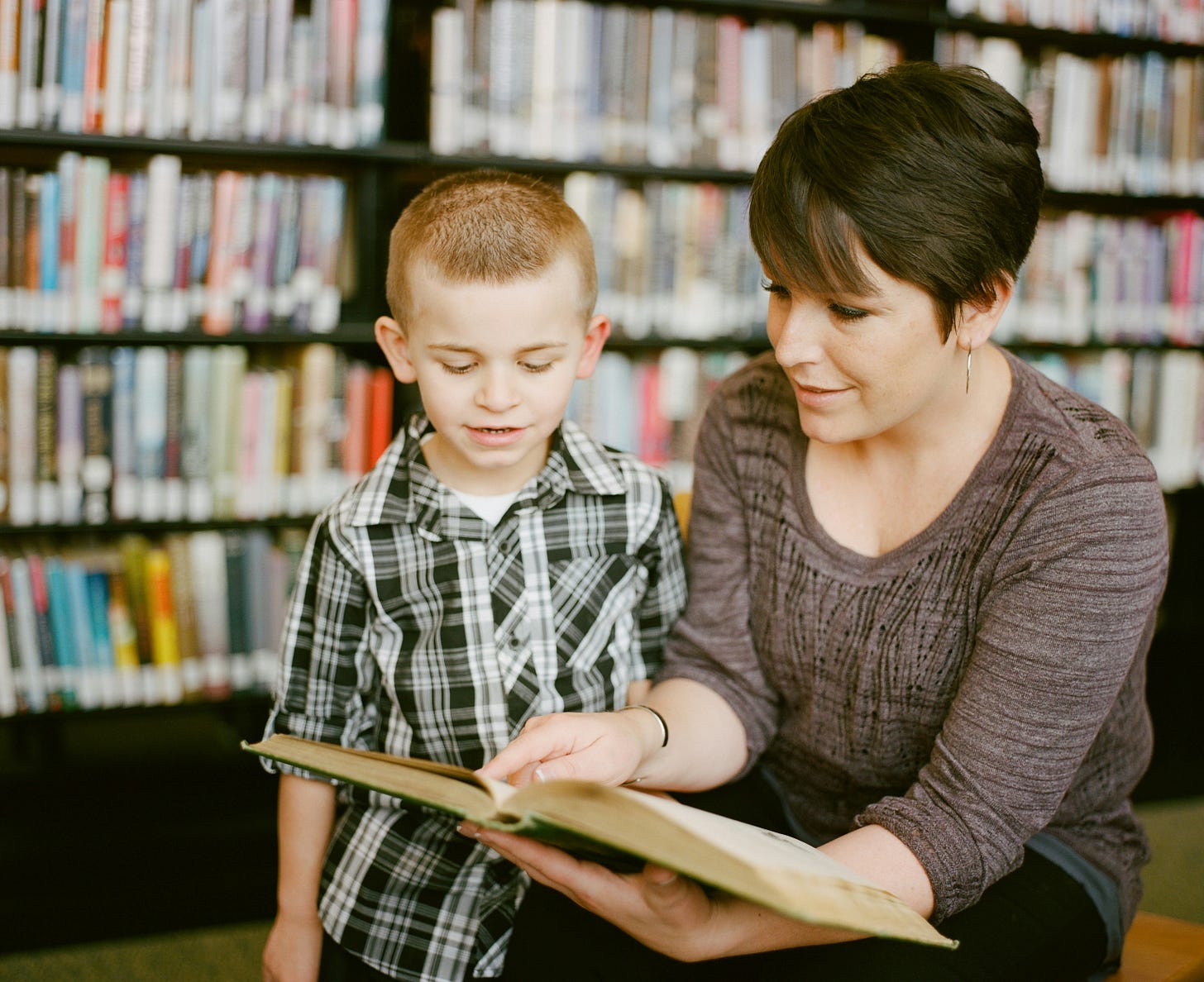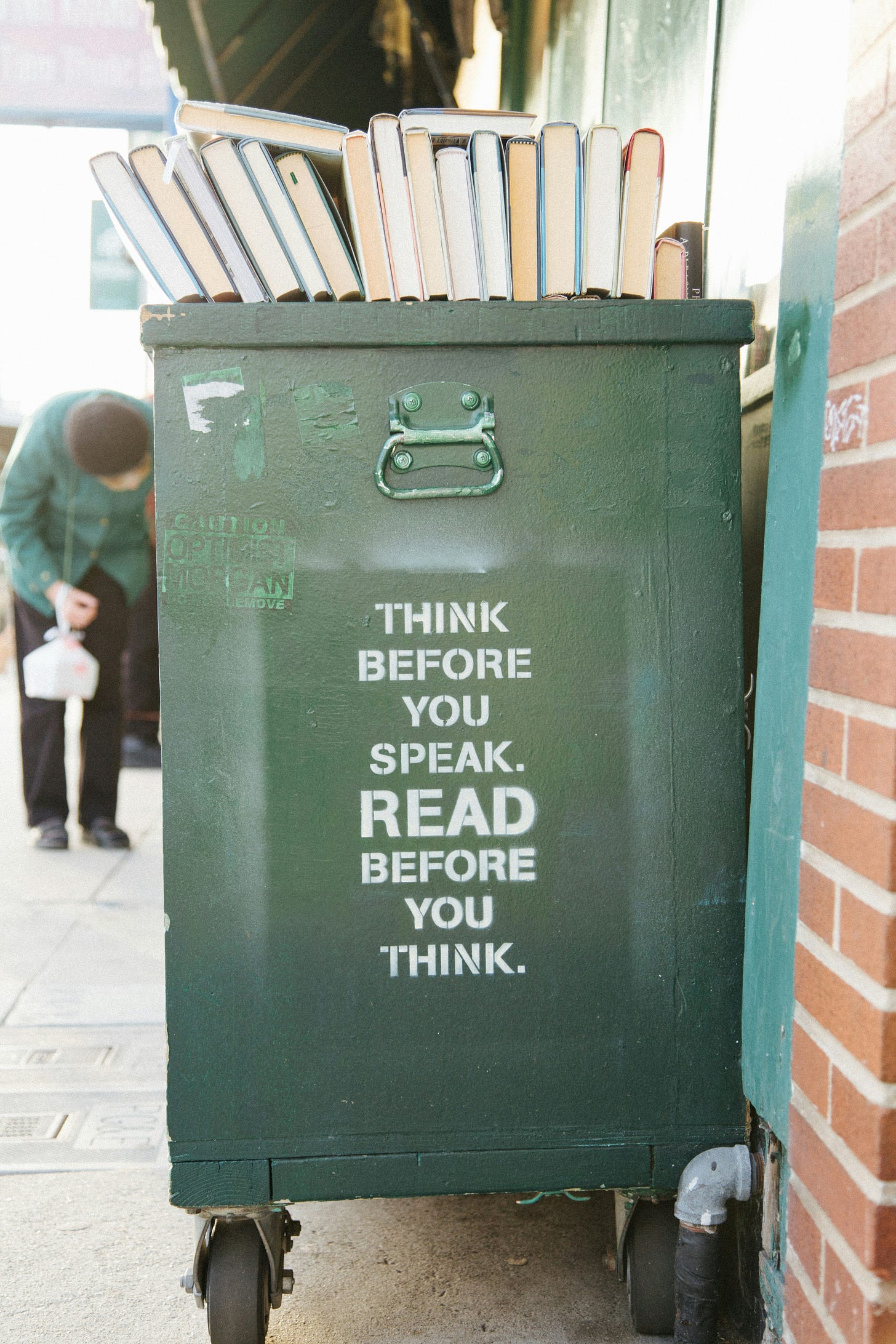Cozy Places.... the Library
Since I’m all about cozy and self-care, I thought I’d start a different type of post — about cozy places and things. Self-care is not just about taking care of your physical body and treating yourself. And sometimes when you look for the cozy in your current circumstances, it can make the unpleasant a bit more pleasant.
February is library lover’s month so I thought we’d discuss ways the library can be a cozy place and also things you can do at the library that you might not know about.
The library can be a cozy place….
Have you thought about the library being cozy? Or do you just go there and grab what you need and leave? Or maybe you haven’t been to a library in years. Well, then here are a few reasons you should go to your local library today.
In college, I had a work-study job at the library. Looking back, it was probably my favorite job I’ve had because it didn’t feel like work. I got to hang out in a quiet place with books and nerds. For this geeky introvert that was great.
This is just a few ways that the library can be a cozy retreat that you can escape to, to forget about life for a while and find a story in which to immerse yourself.
Soft Places to Sit and Read:
Most libraries have comfortable chairs and sofas which create inviting spaces for readers to relax and pour over books.
Photo by Jon Tyson on Unsplash
Warm Lighting:
Soft, warm lighting can make a space cozy and comfortable for reading or studying. Libraries often have big windows to let light in and make you feel like you’re sitting out in nature.
Bookshelves:
I don’t know about you, but for me, just the sight of rows of bookshelves filled with books can make me feel warm and cozy. At home I have a cozy reading nook in my dining room and bookshelves everywhere I can put them making the room feel more like a retreat.
Photo by 🇸🇮 Janko Ferlič on Unsplash
Quiet Atmosphere:
Libraries often maintain a quiet atmosphere, providing a peaceful environment where visitors can concentrate without distractions.
Fireplace:
Some libraries feature fireplaces, real or simulated, which add a touch of warmth and coziness, especially during colder months.
Children’s Areas:
Many libraries have an entire floor just for kids. They have kid sized bookshelves and furniture and sometimes art, stuffed animals, or interesting things on the walls for kids to interact with. When I moved to a new city in North Carolina, I met a few of my closest friends in the kids’ section of the library. The library was not only just a cozy and safe place for our kids to play, but it also gave us moms time to sit and talk to each other for a while. When my son was young, we would make an afternoon out of it and go to eat and then to the library. I didn’t realize back then; we were creating some of my favorite memories.
Photo by Adam Winger on Unsplash
Natural Elements:
Incorporating natural elements such as potted plants, wood furnishings, or large windows with views of nature can make the library feel inviting and connected to the outdoors.
Café or Coffee Shop:
Many libraries have a café or coffee shop onsite, offering patrons a place to enjoy a warm beverage and snack while reading or studying. The main branch of the library in my area has a cafe with cool drinks that change often and a big open area with a large window where people often play board games. My son’s homeschool group has enjoyed visiting there in the recent past.
Community Events:
Hosting community events like book clubs, author readings, or storytelling sessions can foster a sense of belonging and make the library feel like a welcoming gathering place. My youngest son loves going to library events. They often have animals and craft making workshops. Just the other day he made a birdhouse out of popsicle sticks.
Friendly Staff:
Knowledgeable and pleasant library staff are willing to help visitors with their questions, recommend cozy books, or just help you figure out the new copy machine.
Cool Things you Can do at the Library:
Libraries are an important institution in our communities that support lifelong learning, community involvement, and access to information for people of all ages and backgrounds. Libraries offer many services and resources other than just borrowing books. These are just a few examples.
Access Digital Resources:
Many libraries provide access to digital resources such as e-books, audiobooks, digital magazines, and online databases, which patrons can borrow or access for free with their library card. I love to use Hoopla to check out e-books from the library. I also enjoy getting free music downloads.
Attend Workshops and Classes:
Libraries often host workshops, classes, and seminars on various topics, including computer skills, job searching, financial literacy, arts and crafts, and more. These events are usually free or offered at a low cost.
Use Technology:
Libraries offer access to computers, printers, scanners, and other technology resources for patrons to use. Some libraries also provide software programs, internet access, and tech assistance. Our main library has a cool area where teenagers can play video games and have access to technology such as a 3D printer.
Photo by Priscilla Du Preez 🇨🇦 on Unsplash
Borrow Non-Traditional Items:
In addition to books, libraries may lend out non-traditional items such as musical instruments, board games, sewing machines, and gardening tools, allowing patrons to explore new hobbies and interests.
Access Special Collections and Archives:
Many libraries house special collections, archives, and rare materials that are available for research and exploration. These collections may include historical documents, manuscripts, photographs, and artifacts.
Get Homework Help with Tutoring Services:
Libraries often offer homework help and tutoring services for students of all ages. Trained staff or volunteers can assist with homework assignments, research projects, test preparation, and academic skills development.
Attend Cultural Events and Performances:
Libraries frequently host cultural events, performances, and exhibitions, such as concerts, art displays, film screenings, and author talks, which provide opportunities for community engagement and enrichment.
Use Meeting and Study Rooms:
Many libraries have meeting rooms, study rooms, and collaborative workspaces available for reservation or drop-in use. These spaces offer quiet areas for group meetings, study sessions, and collaborative projects.
Access Community Resources:
Libraries serve as community hubs and often provide access to resources and services such as voter registration, tax assistance, legal aid, social services, and health information.
Participate in Volunteer Opportunities:
Libraries rely on volunteers to support various activities and programs, such as shelving books, leading workshops, assisting with events, and tutoring students. Volunteering at the library is a rewarding way to give back to the community and gain valuable experience.






Comments
Post a Comment